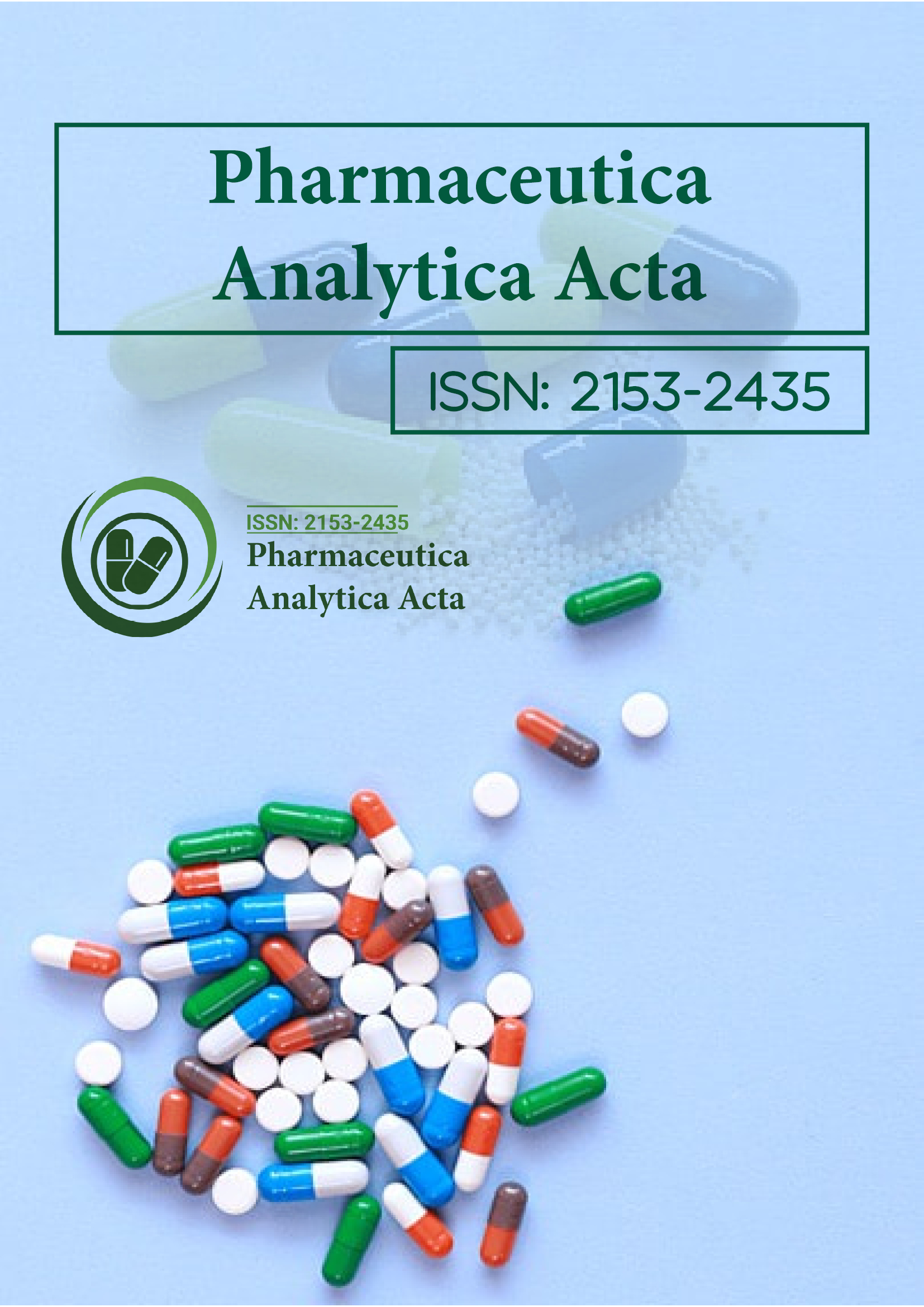インデックス付き
- Jゲートを開く
- Genamics JournalSeek
- アカデミックキー
- ジャーナル目次
- グローバル インパクト ファクター (GIF)
- 中国国家知識基盤 (CNKI)
- ウルリッヒの定期刊行物ディレクトリ
- レフシーク
- ハムダード大学
- エブスコ アリゾナ州
- OCLC-WorldCat
- パブロン
- ジュネーブ医学教育研究財団
- ユーロパブ
- Google スカラー
このページをシェアする
ジャーナルチラシ

概要
加圧液体抽出法(PLE)と迅速、簡単、安価、効果的、堅牢、安全な(改良クエチャー)抽出法に基づく土壌中の微量獣医用抗生物質およびステロイドホルモンの測定のための2つの分析法の比較
マリー=ヴィルジニー・サルヴィア、セシル・クレン=オリヴェ、ローレ・ヴィースト、ロベール・ボードー、エマニュエル・ヴリエ
獣医用抗生物質およびステロイドホルモンは、土壌中に低濃度で存在する可能性があります。したがって、このような複雑なマトリックス中の微量レベルでこれらの化合物を分析するための分析方法が必要です。この研究の目的は、土壌から薬物を抽出するために通常使用される加圧液体抽出 (PLE) と改良型 QuEChERS (迅速、簡単、安価、効果的、頑丈、安全) 法を比較することです。さらに、いくつかのクリーンアップ方法が評価されました。PLE および QuEChERS の後に使用される選択加圧液体抽出 (SPLE) および分散固相抽出 (dSPE) がそれぞれテストされました。これらの技術により、迅速かつ簡単な精製ステップが可能になります。頻繁に使用される SPE も評価されました。この比較を行うために、回収率とマトリックス効果の両方を比較し、液体クロマトグラフィーとタンデム質量分析 (LC-MS/MS) を組み合わせて分析を行いました。SPLE および dSPE ではマトリックス効果が大幅に減少しませんでした。 SAX および Strata-X カートリッジを使用したタンデム SPE は、最高の効率を示しました。PLE と QuEChERS の比較では、修正 QuEChERS の方が特定の物質の回収率が向上しました。マトリックス効果に関しては、大きな違いは見られませんでした。したがって、修正 QuEChERS 法が推奨されます。
免責事項: この要約は人工知能ツールを使用して翻訳されており、まだレビューまたは確認されていません